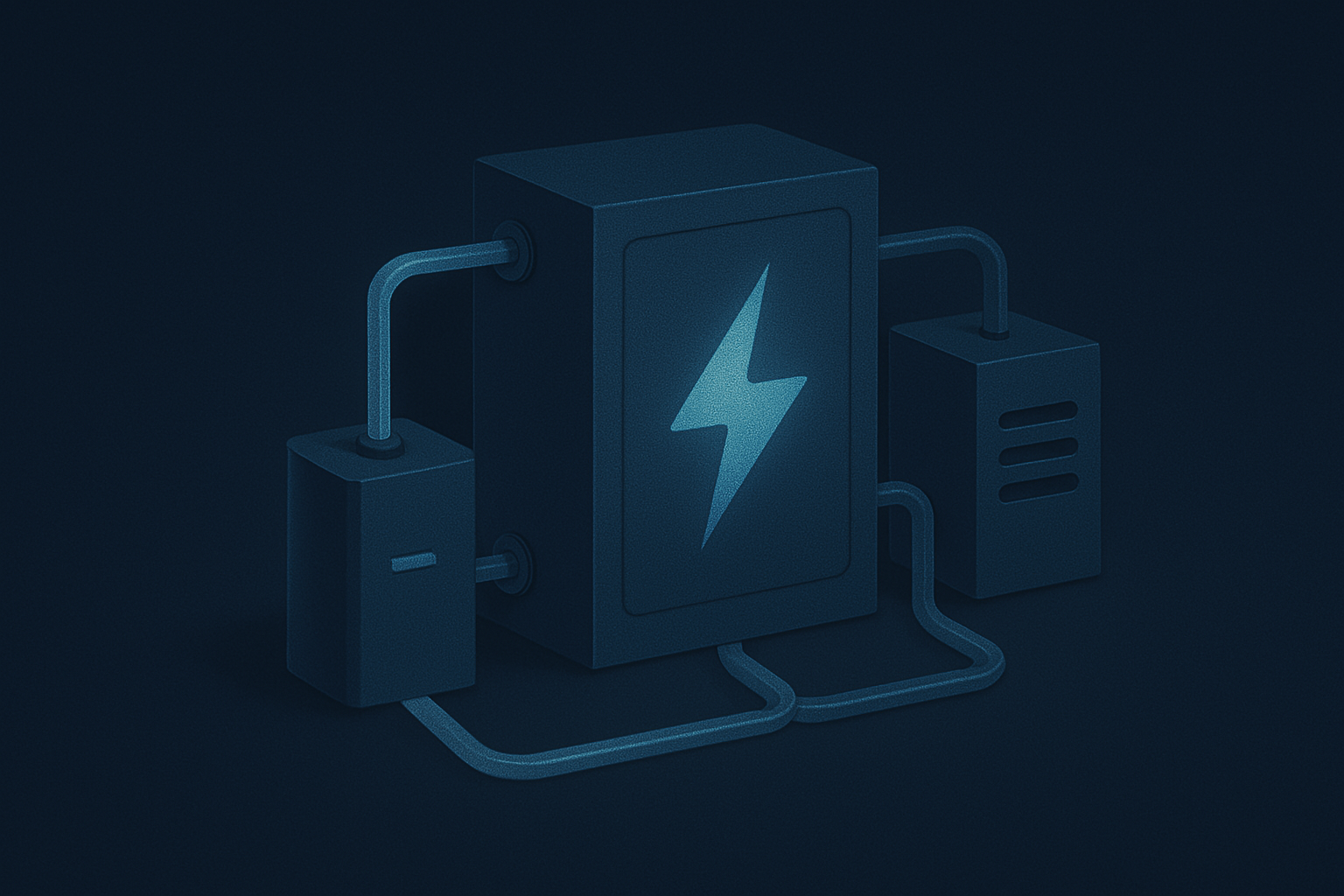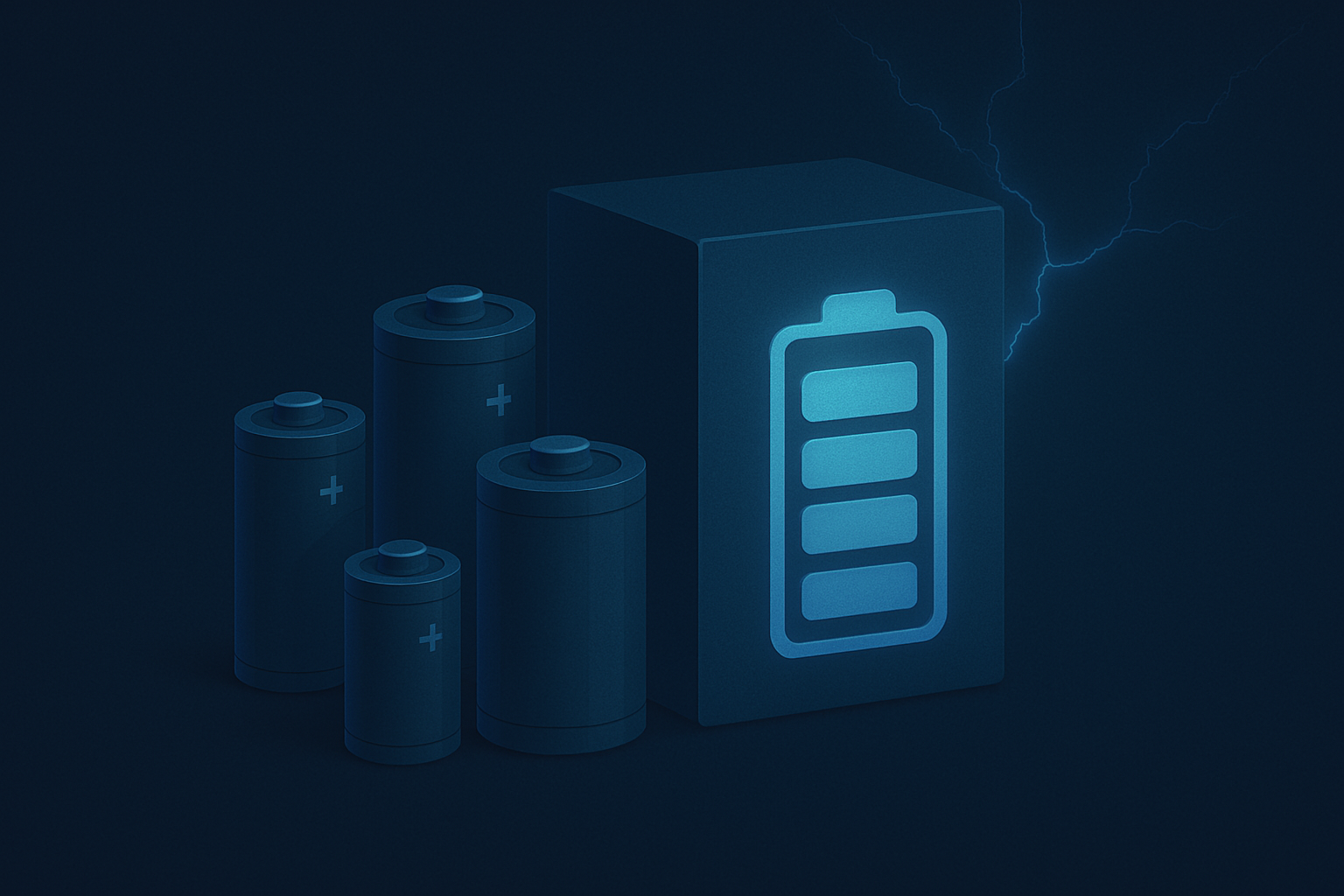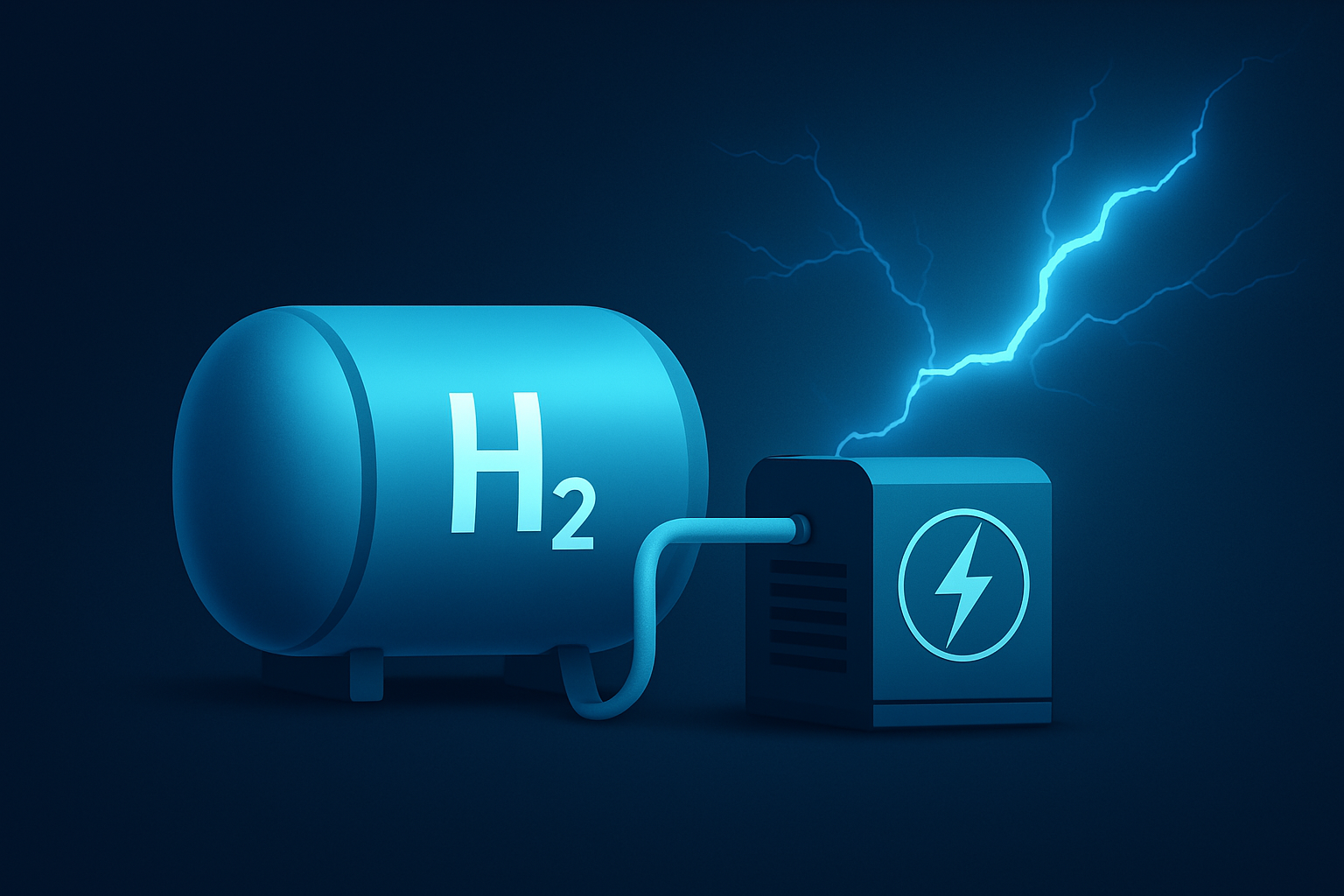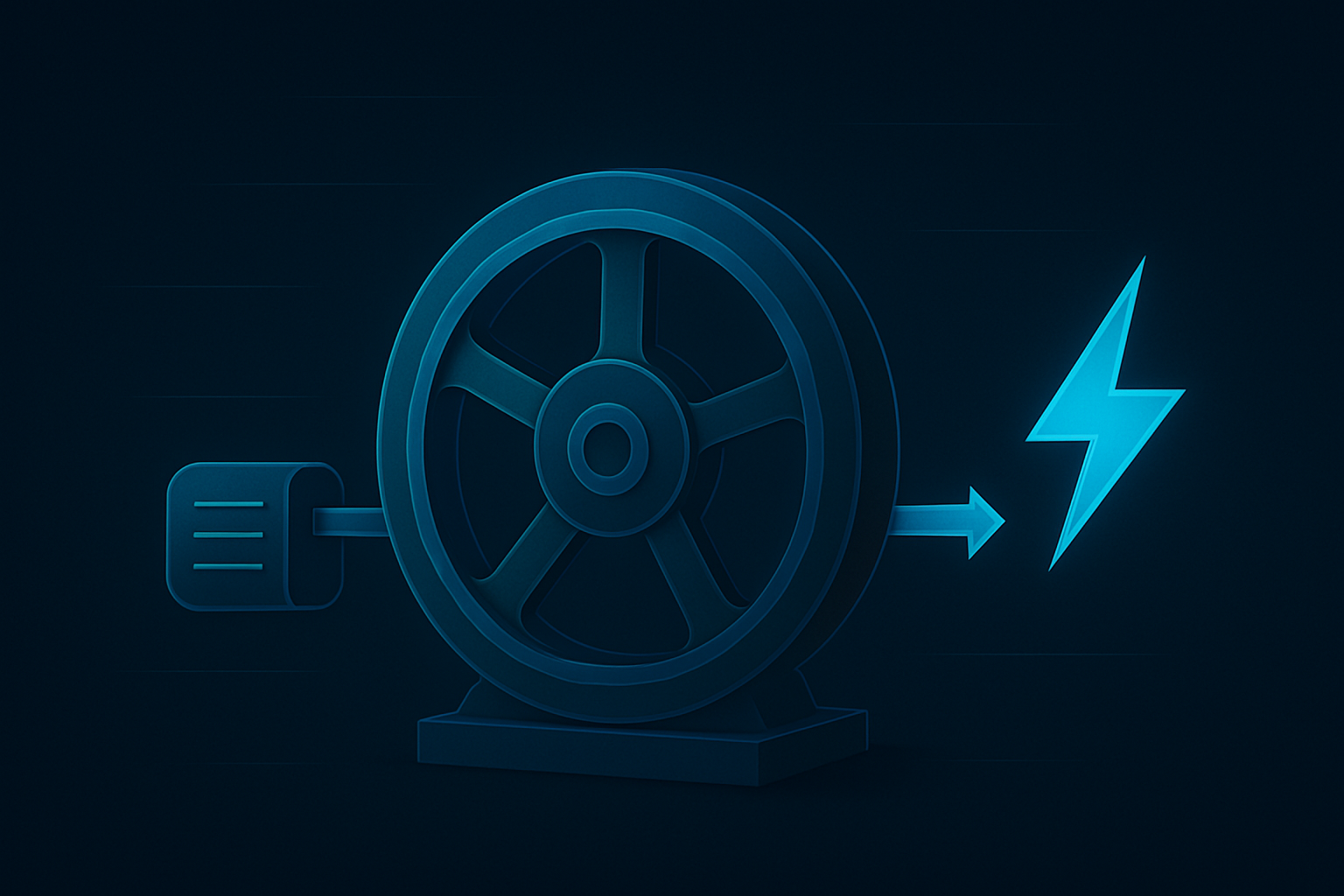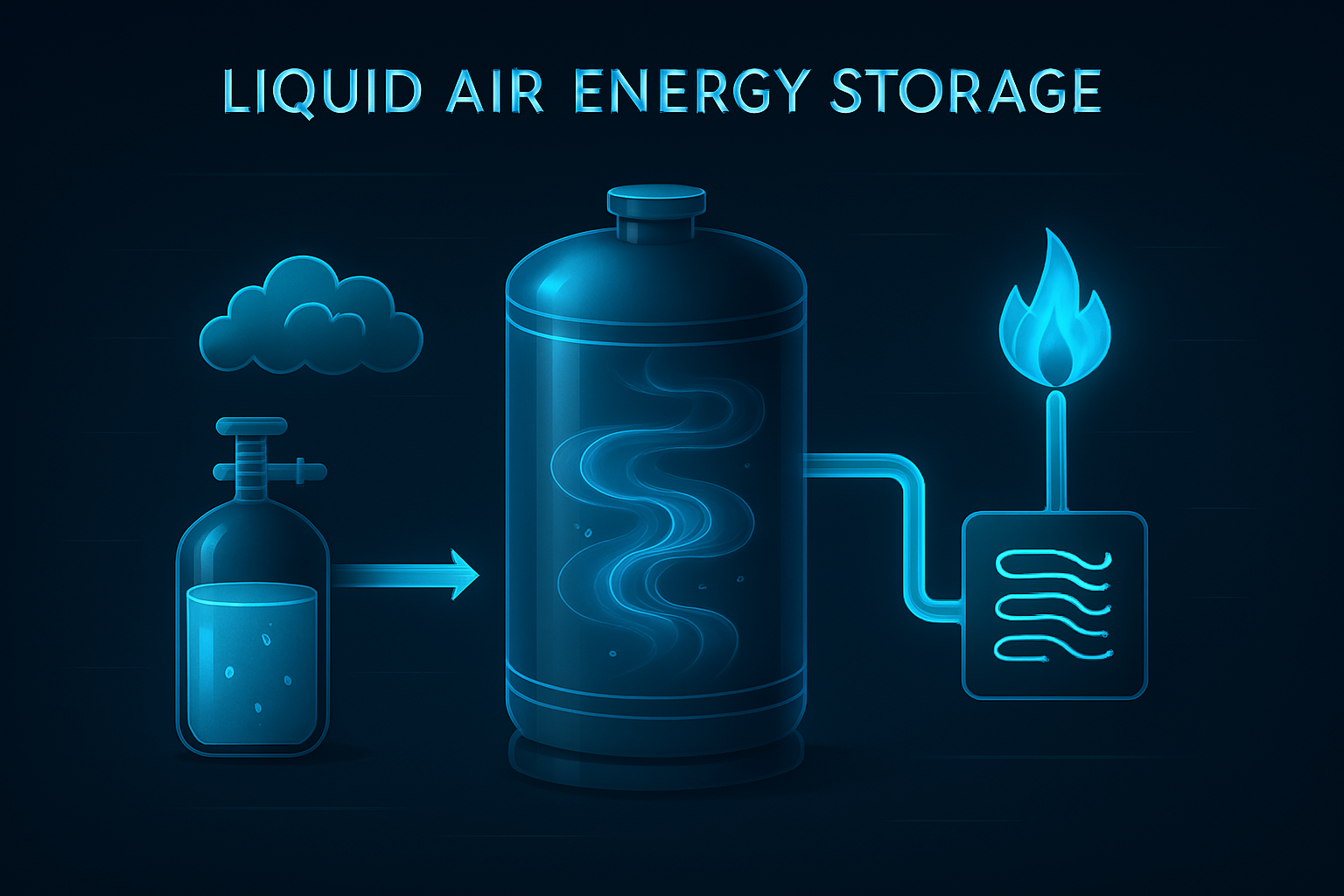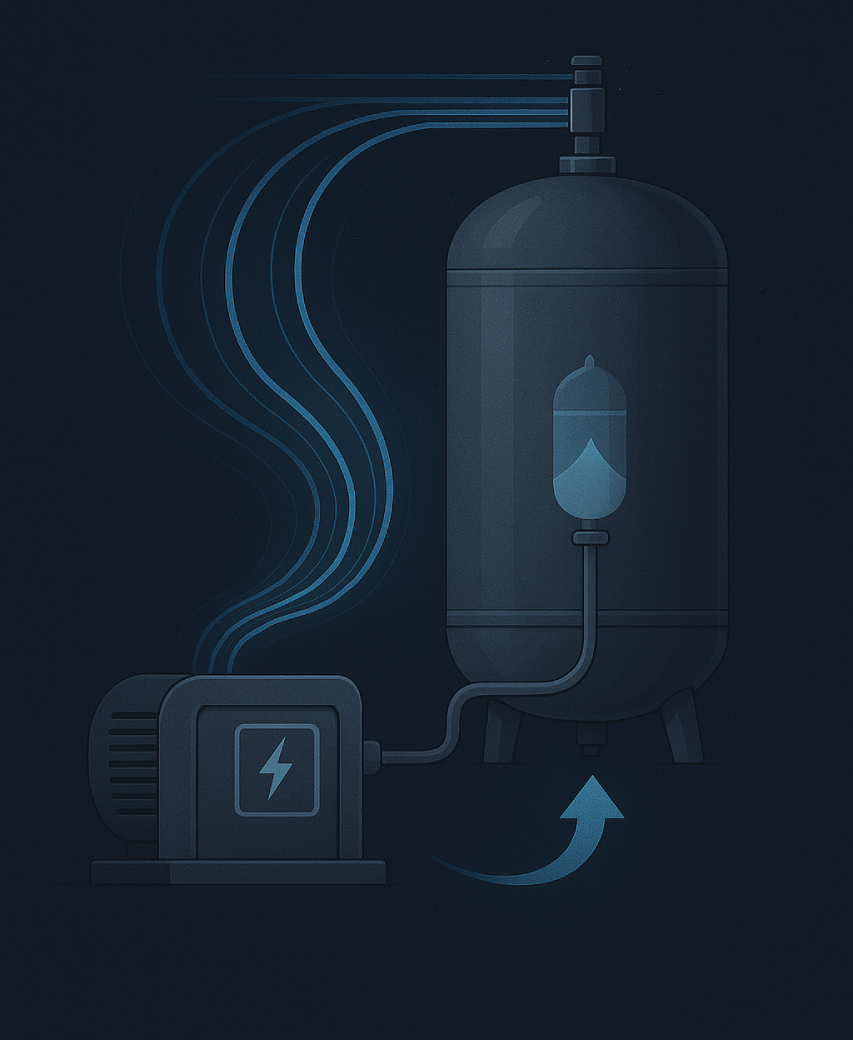
Harnessing Air Pressure for Energy Storage
Compressed Air Energy Storage (CAES) systems utilize surplus electricity to compress air and store it in underground caverns or above-ground vessels. When electricity demand rises, the compressed air is released and expanded through turbines to generate electricity, converting the stored mechanical energy back into electrical energy.
Advantages
Large-Scale Energy Storage: CAES can handle substantial energy capacities, making it suitable for grid-scale applications and balancing intermittent renewable energy sources like wind and solar.
Long-Duration Storage: Capable of storing energy over extended periods without significant losses, providing reliability during peak demand times.
Mature Technology: Proven operational viability with existing plants, such as those in Germany and the United States, demonstrating long-term functionality.
Challenges
Low Round-Trip Efficiency: Traditional CAES systems have efficiencies around 40–55%, partly due to energy losses during compression and the need to reheat air before expansion.
Fossil Fuel Dependency: Conventional CAES often requires natural gas combustion to heat the compressed air, leading to greenhouse gas emissions.
Geological Constraints: Large-scale CAES depends on suitable underground formations like salt caverns or depleted gas fields, limiting site availability.
High Initial Costs: Significant capital investment is needed for infrastructure, including compressors, turbines, and storage facilities.
Current Status
CAES technology is commercially operational but not widespread. Recent advancements focus on adiabatic CAES, which aims to capture and reuse the heat generated during compression to improve efficiency and reduce fossil fuel reliance. Innovations also explore above-ground storage options and hybrid systems combining CAES with other energy storage technologies. As the integration of renewable energy accelerates, CAES presents a viable option for large-scale, long-duration energy storage, provided that efficiency and environmental impacts are addressed.
News & Events
Read the most recent updates and explore the upcoming events.


